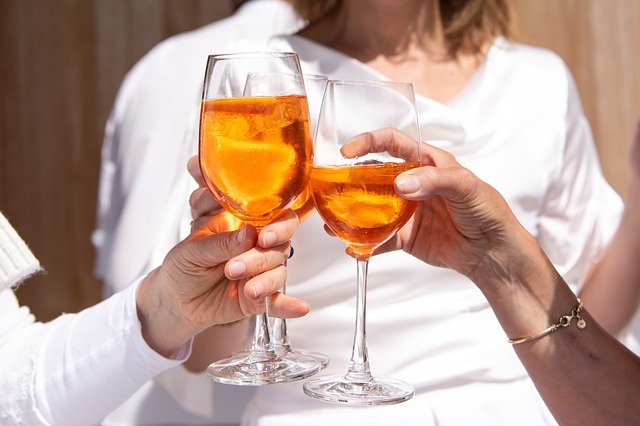Toast: what it is, history, toast structure and examples
Contents
What is a toast?
Also known as chinchín, it is a type of oral expression of literature in which congratulations are expressed for a particular event, or good wishes are expressed to a person, a situation or eventuality that has arisen and that involves those present at a meeting.
The toast is part of the oral literature, since it is a practice that is still in force in the speech of different cultures and communities that takes place at the moment in which a celebration takes place and the attendees raise their glasses to affirm their agreement with the words that are expressed. The toast is made with a type of alcoholic beverage.
History of the toast
The origin of this expression and practice has not been concretely defined, in fact there are two main versions. One of them indicates that in the sixteenth century, on the occasion of the celebration of a victory achieved by the army of Charles V over Rome, would be the place of origin, because before this event the military commanders filled their glasses with wine and raised them saying “Bring dir’s”.
The second most widespread version takes place in the Roman and Greek societies, since in these places it was customary to hold great feasts that were accompanied by banquets. It is said that the attendees, in their state of joy, used to raise and hit the glasses in order to attract the attention of the other attendees, generating the toast with which they invited everyone else to clink their glasses.

As for the practice of clinking glasses, several versions have also been mentioned. One of them indicates that in Ancient Rome, poisoning was one of the most usual ways to kill someone, which is why the hosts of parties and celebrations used to give the first sip to dispel any fear regarding the contents of the drink.
Structure of the toast
Over time the practice has undergone important transformations, particularly with the way in which it has been performed. However, we can identify three essential moments in the practice that has brought about the expression of the toast. These are:
Verbal stage
In this first part, one of the attendees, who proposes the toast, indicates the reason why he/she is going to make it. There is no established length of words to raise the toast, but it can be as simple as saying “Cheers!” and the toast will remain. They are usually made at different types of celebrations or gatherings, whether it is for the announcement of a marriage, a family or friends reunion, a birthday, etc.
This act must be accompanied by an expression of good will, which expresses good wishes for the event. Some attendees take the opportunity to mention a touching, amusing or joyful anecdote.
Agreement stage
This second stage is the next moment of the toast in which the attendees ratify what the initiator of the toast has mentioned after finishing the verbal stage and proceed to raise their glasses in the air. Some attendees accompany the process with shouts approving what has been said or also mentioning “Cheers!”
Symbolic drinking stage
Once the two initial stages have been completed each of the attendees brings his or her full cup closer and takes a sip that can be small or full. Actually, the important thing is the sip as a way of confirming and closing the good wishes that have been expressed in the verbal stage.
Sample toasting phrases
Let’s look at some of the most popular phrases that are often used when inviting the toast and that can be applied to different situations. These are:
“I would like to share with you an anecdote I experienced with my friend when we were getting to know each other in college…”
“For me it has been very special to be able to see that two people who took each other too, were such good friends, today said -Yes-, in front of an altar…”
“It is a privilege to be able to celebrate your life once again, surrounded by all of us who have been with you throughout this time…”
To learn more about other expressions of oral literature, remember that in our section you can find many more with complete information. You can also find our area dedicated to the world of literature, where we tell you about its historical evolution, genres, types of text and much more.
